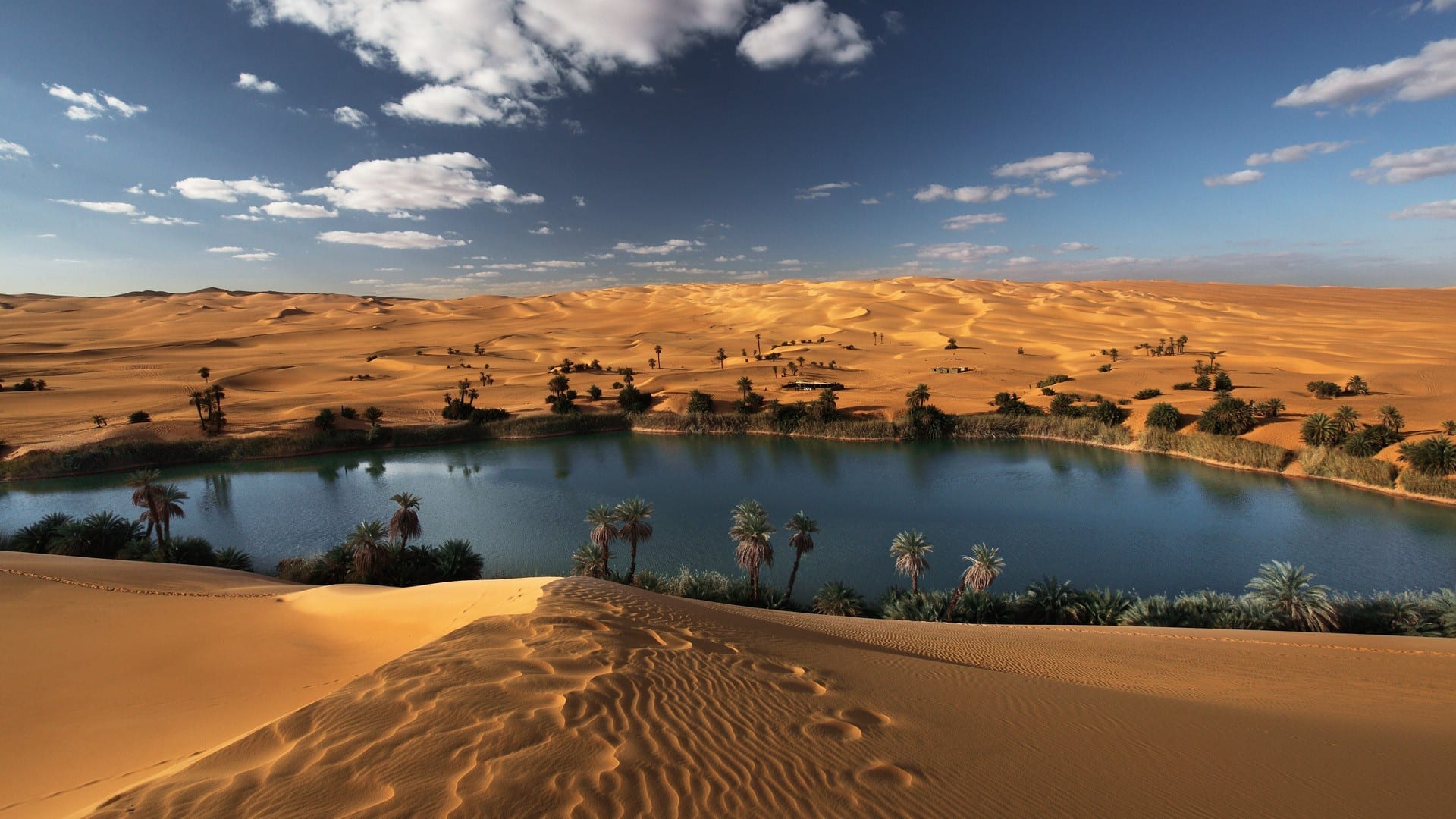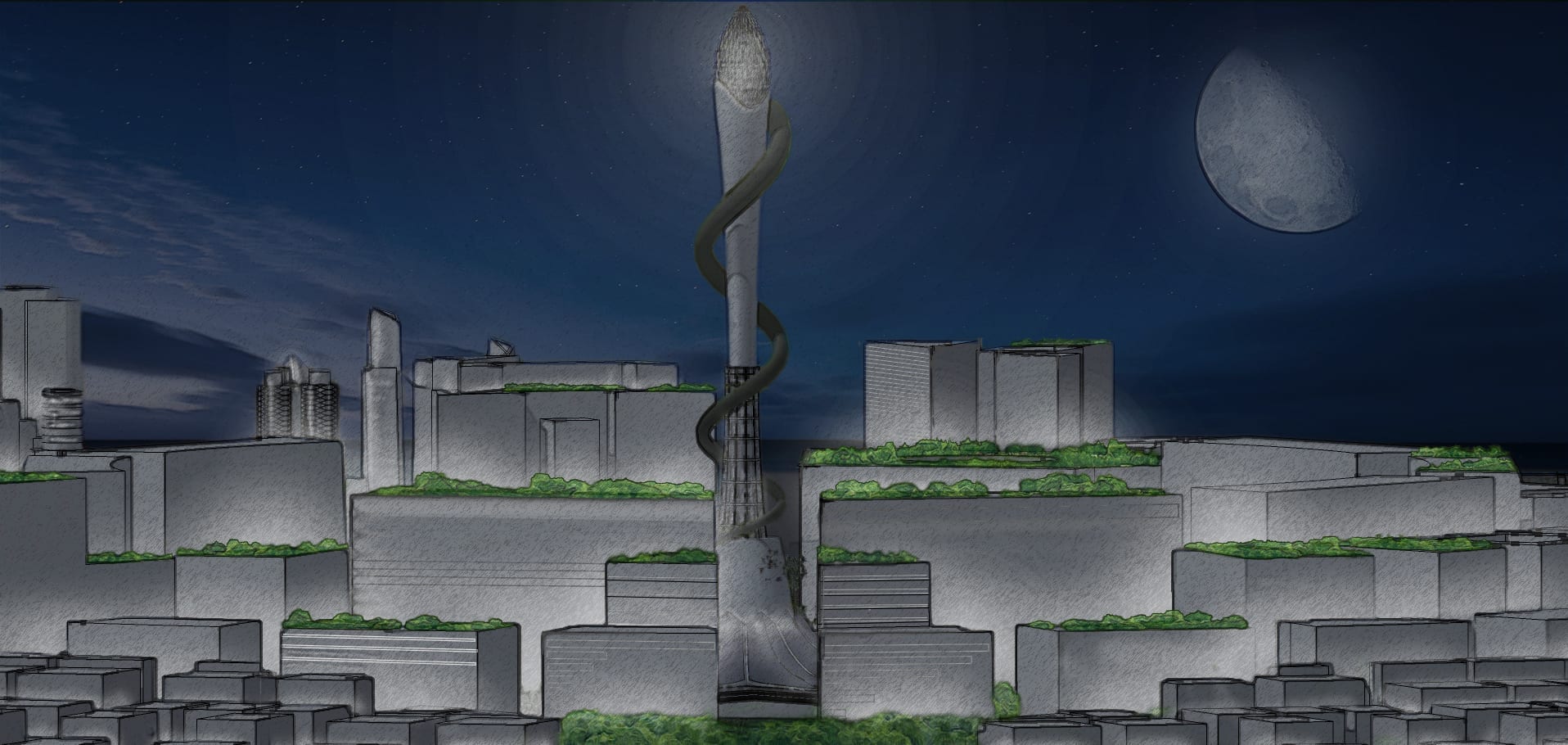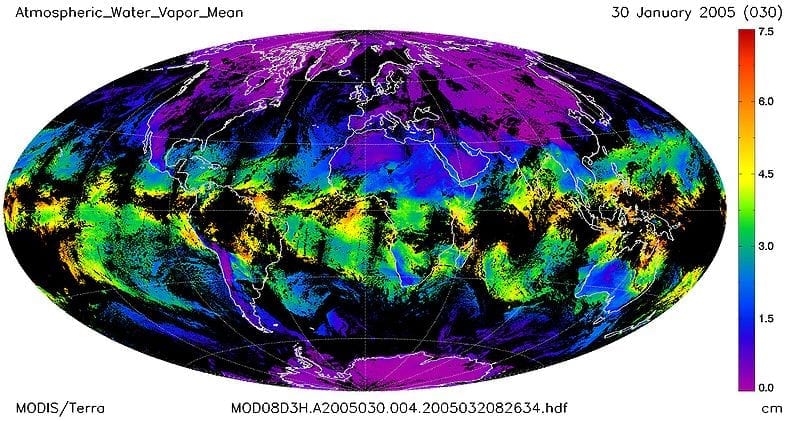And It May Solve One Of The Middle East’s (And World’s) Largest Environmental Crises
Sounds like magic, doesn’t it?
Creating something out of nothing – pulling objects out of thin air – was once a trick performed by Harry Houdini. But thanks to atmospheric water generators, an entire humanitarian crisis could be relegated to the history books.
Atmospheric water generators (AWGs), also called “water makers,” are appliances which extract water from air. The air drawn into the AWG undergoes a cooling process which condenses the air and leaves water in its place. That liquid is then filtered and stored for future use, either for potable use in drinking and cooking or non-potable use, such as washing clothes or irrigating farmland.
The concept itself is not new. For centuries, communities around the world have devised ways to collect water from moisture, from the fog-collecting “fog fences” to aerial wells. The technology available today, however, has been significantly improved upon over the past two decades.
The rise in the atmospheric water generator’s profile comes at a crucial time in the Middle East. It’s well-known that the Middle East, the most water-stressed region in the world, is facing a crisis that’s worsening with each passing day. A lack of water sources in the arid desert, issues managing the few available sources, and the looming threat of climate change all impact water’s price, accessibility and availability. Water tables are depleting at an alarming rate in certain areas, signaling even more trouble ahead. The outlook for water in the Middle East is bleak, and that has a reverberating and debilitating effect on all the region’s nations and peoples.
The lack of water also has an outsized effect on food supply, triggering larger issues of malnutrition and food security. In Israel and the Palestinian territories, around 60 percent of water is needed for agriculture, a figure which spikes to 85 percent in other Middle Eastern countries. Crops suffer when there’s simply not enough water to go around, leading to smaller yields, hunger and even armed conflict in the most severe cases, like we’re currently witnessing in Yemen.
For all the problems it presents for water, the Middle East’s desert climate may present a silver lining. What the Middle East lacks in water it certainly makes up for in sun, and those at the forefront of solving the water crisis have developed solar-powered AWGs for use in these sunny areas. Solar solves the atmospheric water generator’s biggest lingering issue – the massive amount of energy it requires to operate. A machine powered by a renewable energy source such as wind or solar could be a low-to-no-cost way to implement AWGs in virtually any community throughout the Middle East.
One such of these atmospheric water generators, manufactured by EcoloBlue, has been of interest to us at the Islands of Peace Foundation since our founding. EcoloBlue’s AWGs run its generated water through several layers of filtration, removing sediment, heavy metals and hard minerals along the way. The solar-powered and wind-powered appliances can run without being connected to a power grid, allowing for continual operation at minimal to no cost.
Best of all, EcoloBlue’s AWGs work when there’s just 30 percent humidity in the air, a perfect fit in a dry climate. These AWGs could produce anywhere from 30 liters to millions of liters every single day, a life-changing – and life-saving – amount of water for strapped Middle Eastern communities. The result isn’t magic – it’s science put to work to heal the world, one bottle of water at a time.





I actually didn’t know about atmospheric water generators, or that the air that is drawn it condenses and leaves water. If this is the case, I’m kind of interested to learn if you need to wait a while to get a lot of water or if this can be done quickly.